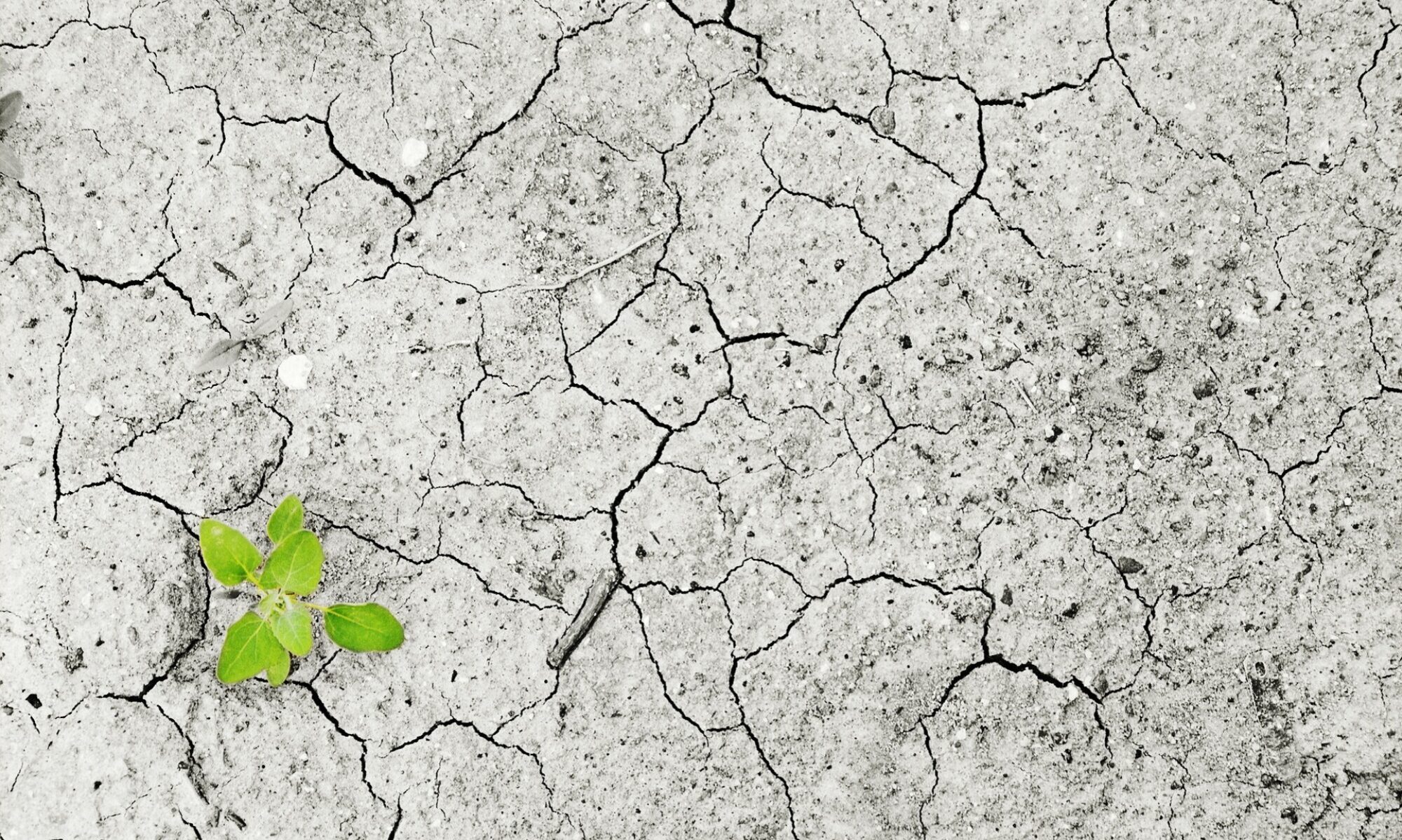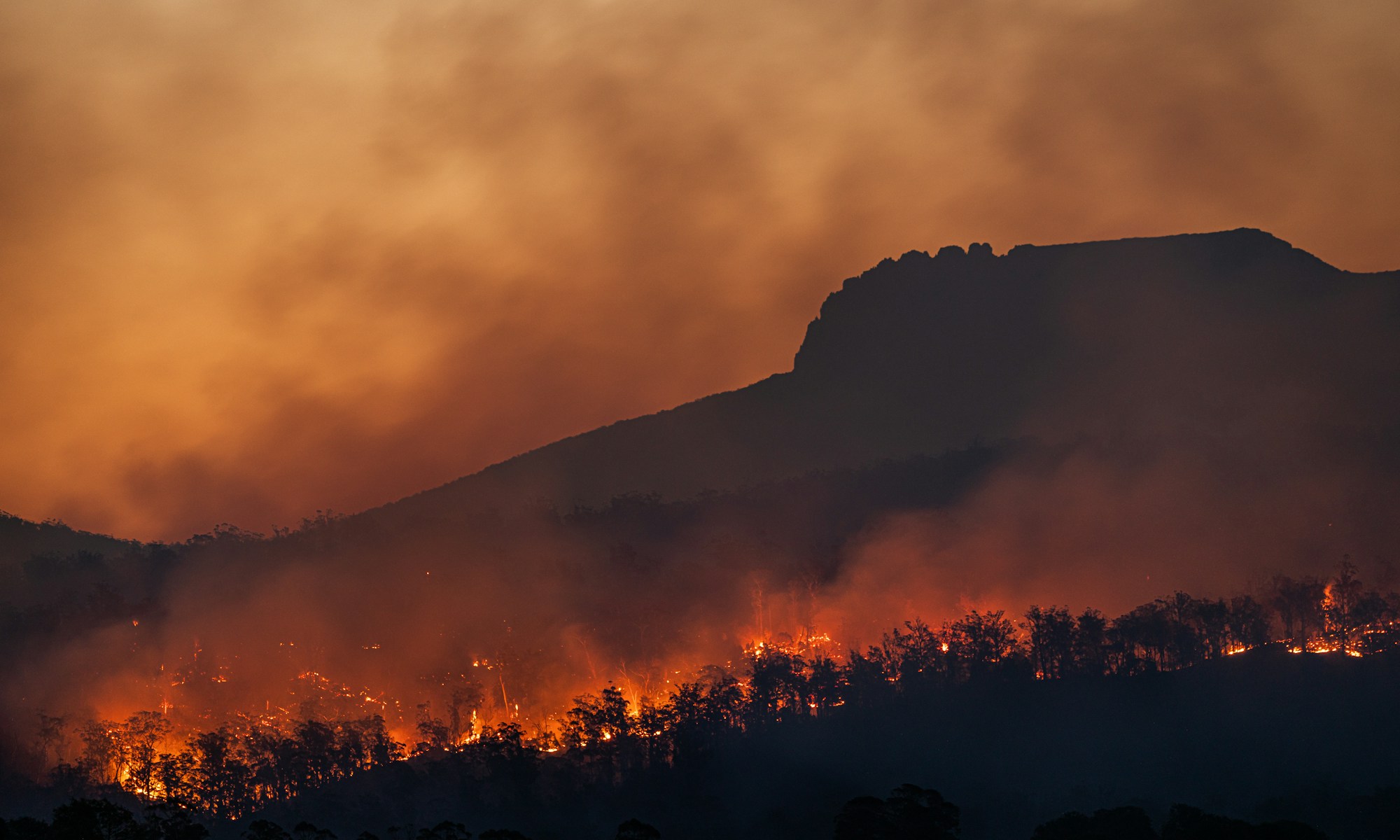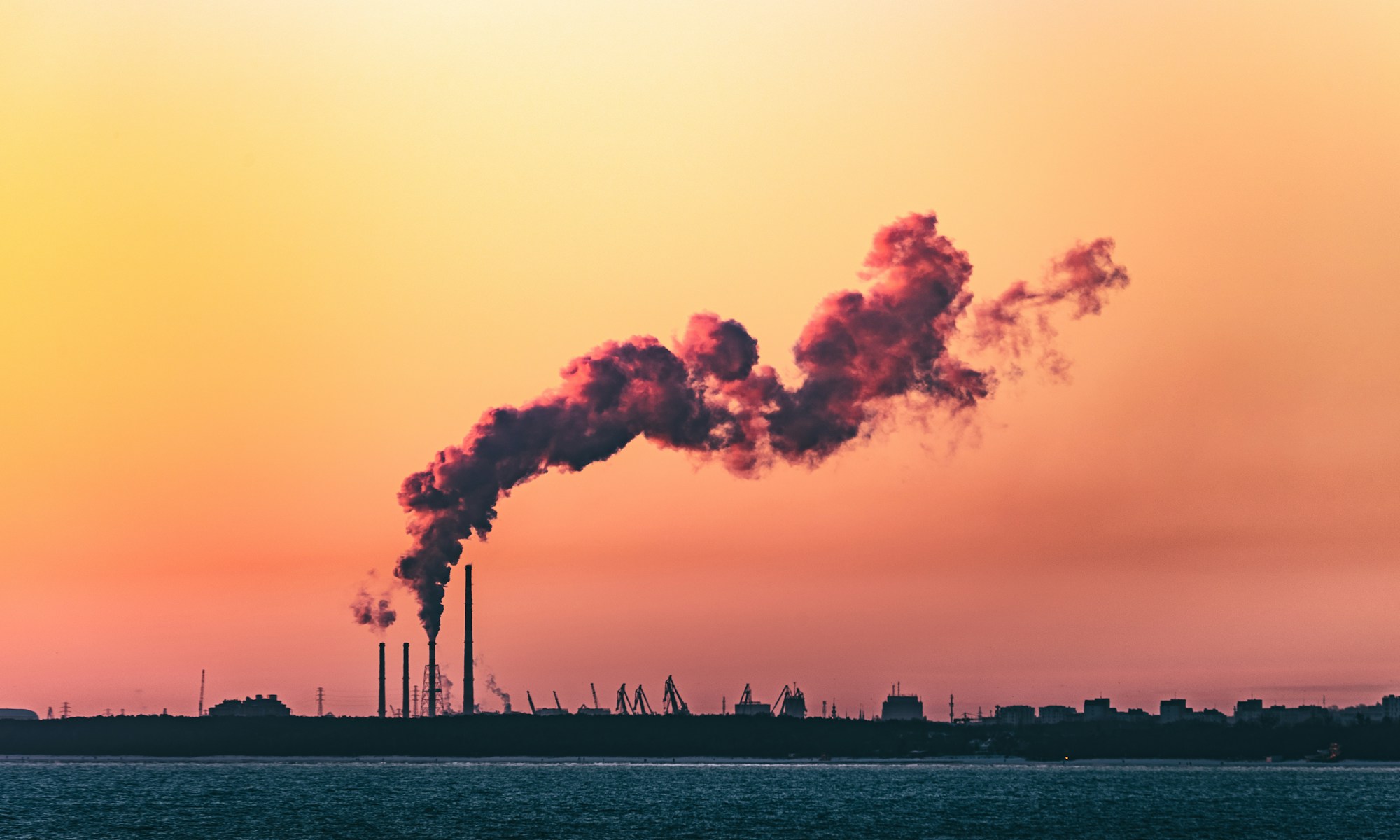21 July 2022 – by Ottoline Mary
The ongoing European heatwave has brought about many tragedies. Among them, the media’s attention has been focusing on wildfires, which have already destroyed tens of thousands of hectares of land – three times the average for this time of year. Such events do not only negatively impact biodiversity and the economies that rely on it; they also pose a direct threat to human life.
As a result of these wildfires, the authorities have carried out mass evacuations of local populations and holidaymakers, with as many as 15,000 people displaced in less than 24 hours in the French department of Gironde. The phenomenon is spreading throughout the Mediterranean, affecting parts of Portugal, Spain, Morocco, Croatia, Greece, Crete, and Turkey.
A Malaga resident says she barely had time to grab a few essentials before making a run for it. The emergency has prompted the construction of temporary shelters to house recent evacuees. However, a long-term resettlement solution is yet to be found.
When disasters such as this occur in the Global South, it is customary for Western governments and companies to dismiss the dangers of climate change. But today, extreme weather events are multiplying before their eyes. Could this finally be the wake-up call Western leaders needed to take actionable steps and save our planet from extinction?












